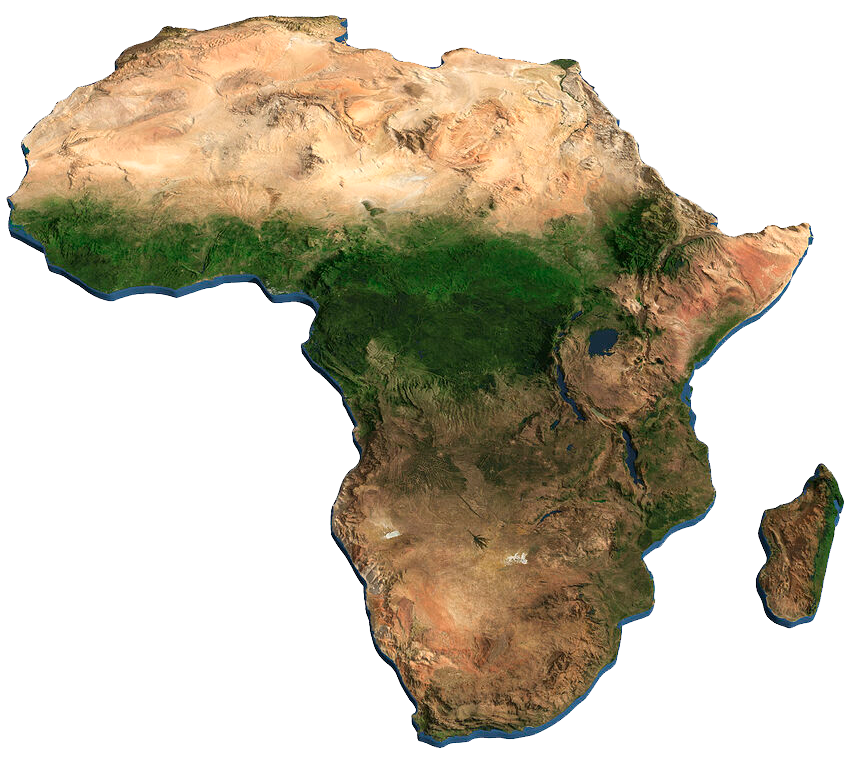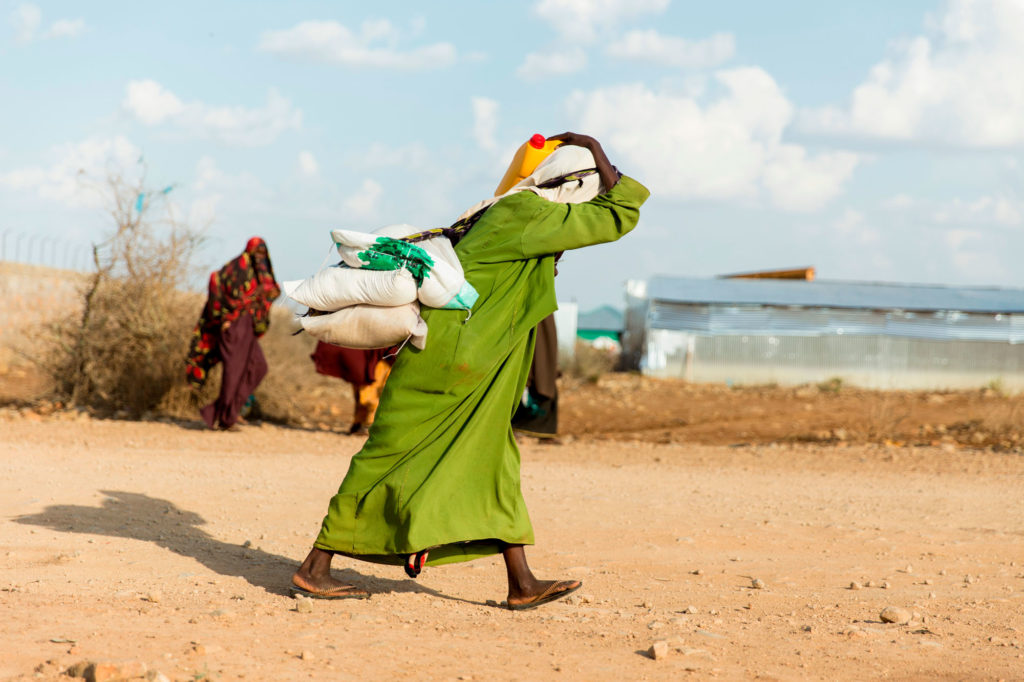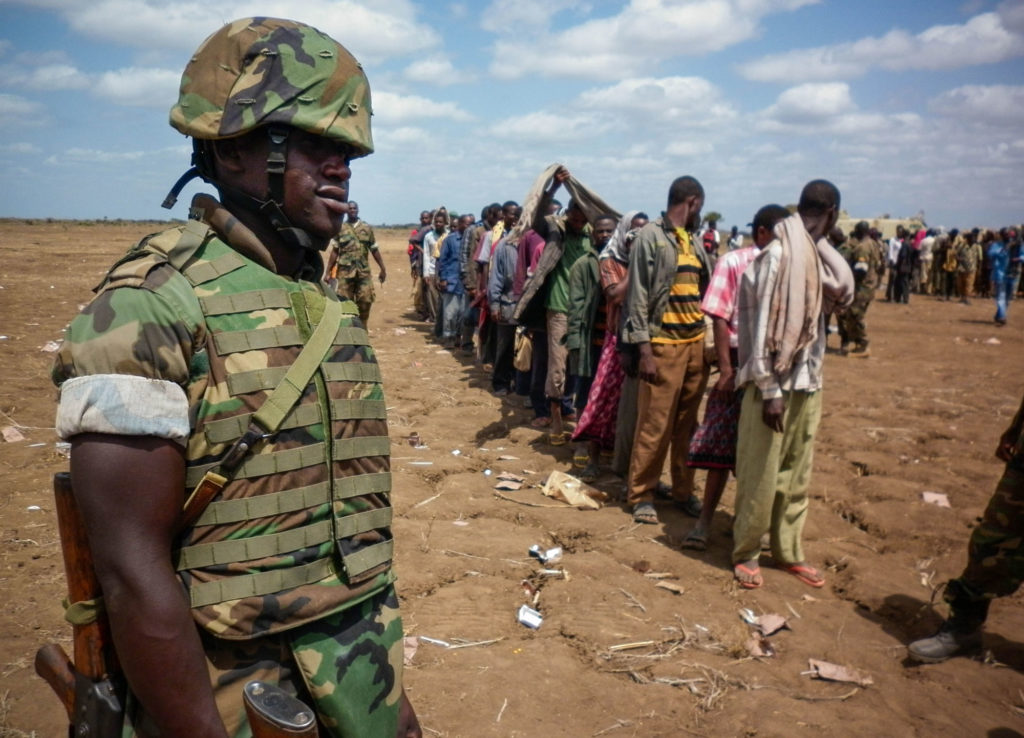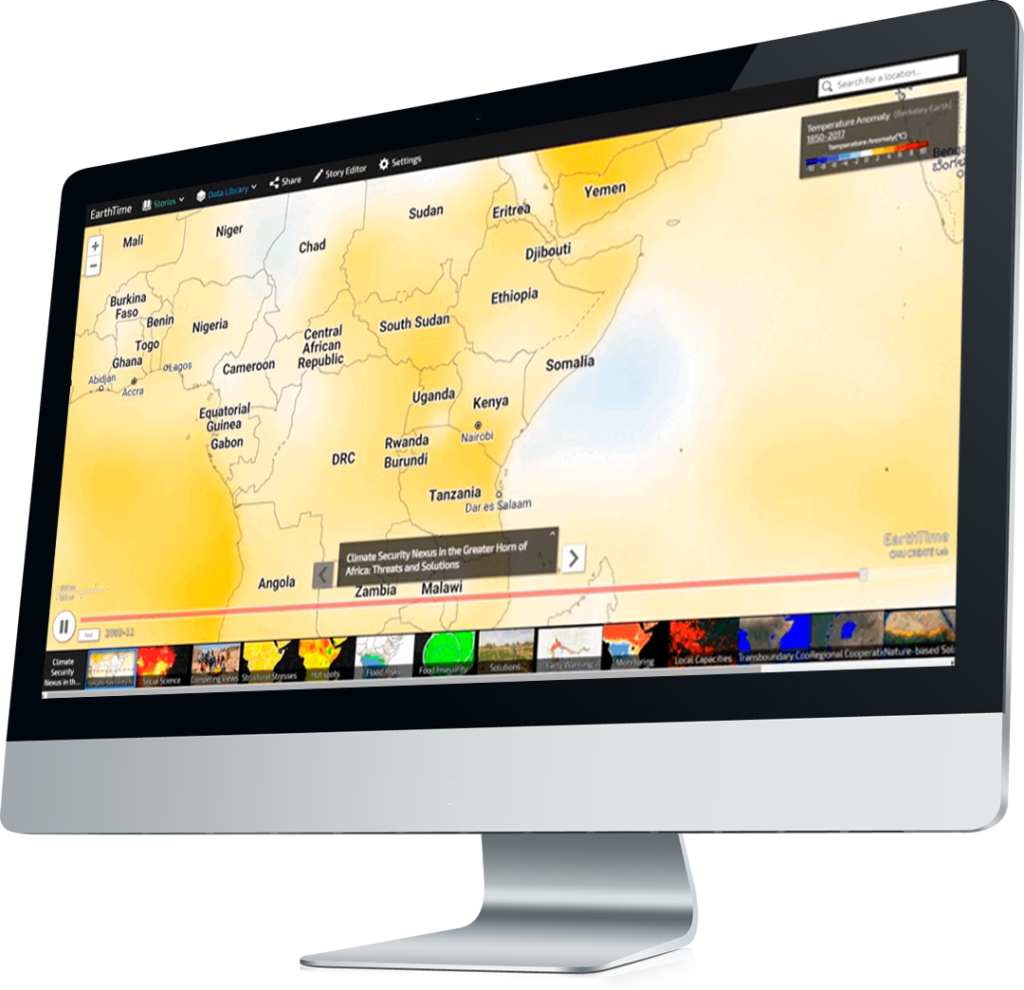
The Igarapé Institute uses cookies and other similar technologies to improve your experience, in accordance with our Privacy Policy and our Terms of Use, and by continuing to browse, you agree to these conditions.



The Greater Horn of Africa is warming faster than most other parts of the planet. Mean temperatures are expected to rise faster than the global average – some 2.5ºC by 2050 and nearly 5ºC by 2.100.
New concerns about the relationship between climate and security are emerging in the diplomatic agenda, including in the United Nations Security Council.




The Igarapé Institute uses cookies and other similar technologies to improve your experience, in accordance with our Privacy Policy and our Terms of Use, and by continuing to browse, you agree to these conditions.

